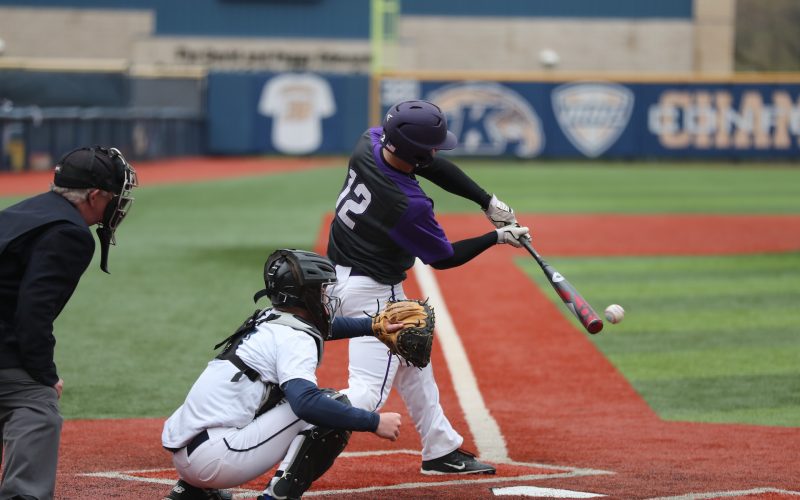In the world of college baseball, the topic of pitch counts in June games sparks a spirited debate among players, coaches, and fans alike. The question of how many pitches a pitcher should throw during a game is one that carries significant weight, as it directly impacts player performance, injury prevention, and team strategies. In this article, we will delve into the layered discussion surrounding pitch counts in June college baseball, exploring the various perspectives and shedding light on this intriguing topic.
The Importance of Pitch Counts
Pitch counts serve as a vital tool in managing a pitcher’s workload and maintaining their overall health and performance. By monitoring the number of pitches thrown, coaches and trainers can help prevent arm injuries and fatigue. Additionally, pitch counts allow teams to optimize their strategies and make informed decisions on when to remove a pitcher from the game. This strategic element is particularly crucial in June college baseball, where teams compete in high-stakes games with the goal of advancing to prestigious tournaments and championships.
Balancing Performance and Health
One of the main challenges in determining pitch counts is finding the delicate balance between a pitcher’s performance and their long-term health. Pitchers are expected to deliver their best performance on the mound, but pushing them beyond their limits can lead to fatigue, overuse injuries, and a decline in their effectiveness. Coaches and trainers must carefully analyze factors such as the pitcher’s age, experience, workload, and physical condition to arrive at an optimal pitch count that maximizes performance while minimizing the risk of injury.
Varying Perspectives
The debate on pitch counts in June college baseball is far from one-sided, with various perspectives offering different insights into this complex issue. Let’s explore some of the contrasting viewpoints:
1. The Conservative Approach
Advocates of the conservative approach argue for strict pitch count limitations to safeguard player health and prevent overuse injuries. They emphasize the importance of prioritizing long-term player development over short-term game outcomes. By adhering to lower pitch counts, coaches aim to ensure pitchers stay healthy throughout the season and have a greater chance of thriving in their collegiate careers.
2. The Aggressive Strategy
On the other end of the spectrum, proponents of the aggressive strategy believe in pushing pitchers to their limits, extracting every ounce of performance from them in critical moments. They argue that pitch counts are merely guidelines and should not hinder a pitcher’s ability to compete at their highest level. This approach often involves relying on experienced and well-conditioned pitchers who have demonstrated their resilience and ability to handle higher pitch counts.
3. The Individualized Approach
Many coaches adopt an individualized approach, tailoring pitch counts to each pitcher’s unique characteristics and circumstances. This approach takes into account factors such as the pitcher’s mechanics, previous injury history, and recovery patterns. By customizing pitch counts, coaches strive to optimize both performance and player health, recognizing that what works for one pitcher may not work for another.
The Role of Data and Technology
In recent years, advancements in data analytics and technology have revolutionized the way pitch counts are approached in college baseball. Pitch tracking systems and sophisticated algorithms now provide coaches with real-time data on pitch velocity, spin rates, and workload distribution. Armed with this information, coaches can make more informed decisions on managing pitch counts, identifying fatigue patterns, and preventing injuries. These technological advancements have brought a new level of precision to the pitch count debate and significantly impacted coaching strategies.
The Conclusion: Striking a Balance
As the debate on pitch counts in June college baseball rages on, it is clear that finding the perfect formula is a complex task. Balancing player performance, injury prevention, and strategic considerations requires a multifaceted approach. Coaches must consider the individual needs of their pitchers while leveraging data and technology to make informed decisions. Ultimately, the goal should be to create an environment that fosters both player development and success on the field.
In conclusion, pitch counts in June college baseball continue to be a hotly debated topic. While no definitive answer exists, the ongoing discussion demonstrates the commitment of the baseball community to ensure the well-being and success of its players. By carefully considering the various perspectives and leveraging the power of data, coaches and teams can navigate this complex terrain and make informed decisions that strike a balance between performance and health.












